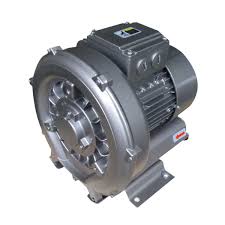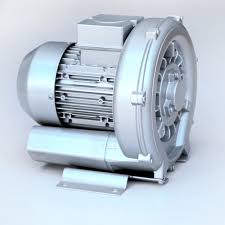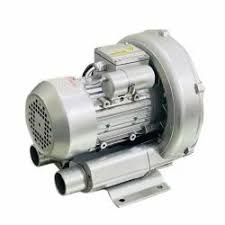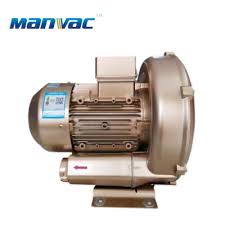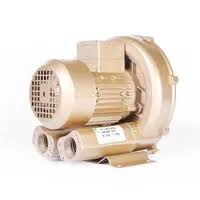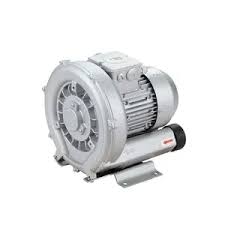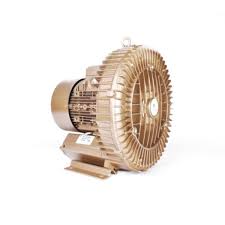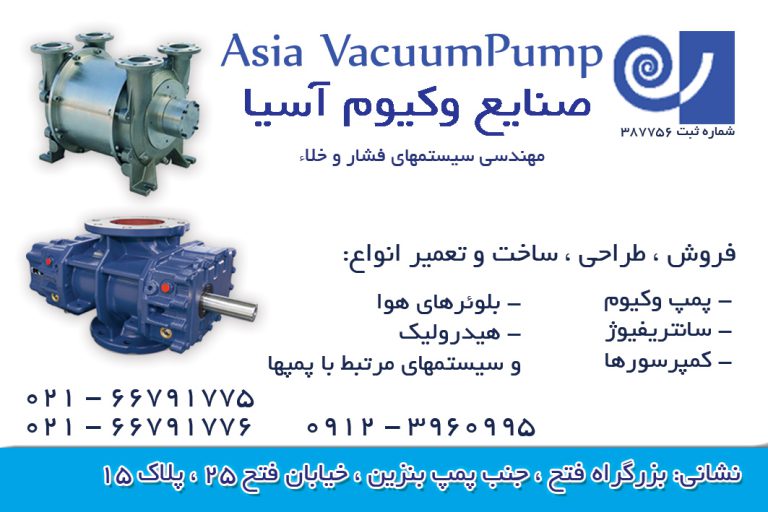What’s the difference between a fan and a blower?
Before discussing the main types of fans and blowers, it is important to understand the difference between both concepts. The American Society of Mechanical Engineers (ASME) defines fans and blowers based on the ratio between discharge pressure and suction pressure.
Fan: Pressure ratio up to 1.11
Blower: Pressure ratio from 1.11 to 1.2
Compressor: Pressure ratio exceeds 1.2
As previously stated, blowers operate with a pressure ratio of 1.11 to 1.2, which makes them intermediate between a fan and a compressor. They can produce much higher pressures than fans, and they are also effective in industrial vacuum applications that require negative pressurization. Blowers are divided into two main categories: centrifugal and positive displacement.
What’s the difference between a fan and a blower?
Centrifugal blowers have some physical similarity with centrifugal pumps. They normally include a gear system to achieve speeds well over 10,000 rpm. Centrifugal blowers can have a single-stage or a multi-stage construction, where the single-stage design offers a higher efficiency, but the multi-stage design provides a wider airflow range at steady pressure.
Like fans, centrifugal blowers have applications in HVAC. However, thanks to their superior pressure output, they are also used in cleaning equipment and automotive applications. Their main limitation is that airflow decreases rapidly when an obstacle raises pressure, making them unsuitable for applications with a high chance of clogging.
Positive-displacement blowers have a rotor geometry designed to capture pockets of air, driving flow in the intended direction at high pressure. Although they rotate at lower speeds than centrifugal blowers, they can produce enough pressure to blow away objects clogging the system. Another important difference with centrifugal options is that positive-displacement blowers are typically driven by belts instead of gears.
Conclusion
Fans and blowers are normally specified based on the pressure and airflow requirements of each application, as well as site-specific conditions such as dust and temperature. Once the right type of fan or blower has been specified, performance can normally be enhanced with control systems. For example, variable frequency drives (VFD) can drastically reduce the electricity consumption of fans that operate intermittently.
